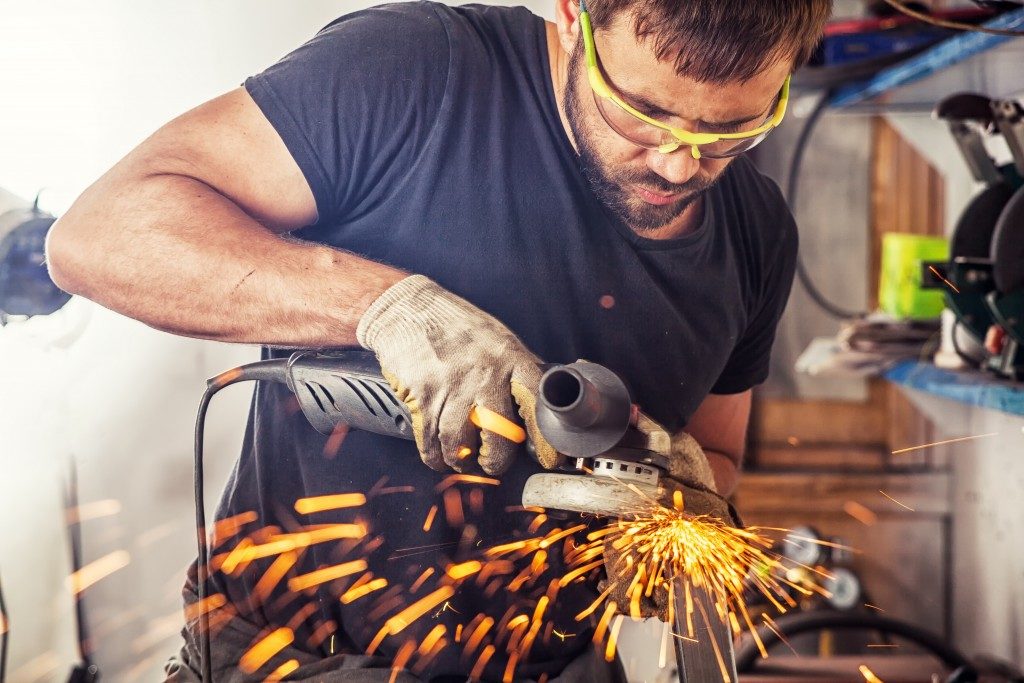Working with large amounts of metal is quite standard in manufacturing today. Given our increasing dependence on tools, machines, and heavy equipment in many different industries, there is a large need for molding and forming metals into different shapes. One of the processes by which this is done is welding.
Welding is a metal fabrication process in which metals are joined together through the application of high heat and pressure. Because there are many different types of welding processes, welding has an incredibly diverse set of applications. Welding is used to manufacturing everything from metal pipes and home appliances to cars, ships, and airplanes. Hence, it is difficult to imagine what the world we know today would be like without welding.
Despite its widespread application, however, welding does carry a certain amount of hazard, given that welders deal with high heat. This is why the use of safety products is an absolute must for welders. Without these, they run the risk of severe bodily injury while they are performing the welding process.
Here are some of the accidents that may occur during a welding job:
Electric Shock
The risk of electric shock is one of the most serious hazards that welders can be exposed to. Electric shock results when a welder’s skin comes into contact with two metal objects that have a voltage passing between them. This electric current will then end up passing through the welder’s body, as the contact inserts the welder into the electric circuit that exists between the metal objects.
If the voltage of the electric current is high enough, this might lead to injury and even death if the current is able to stop the heart. Hence, it is very important for welders to wear dry gloves in order to prevent the current from being carried through the body. This illustrates precisely how protective equipment can be lifesaving.
Fumes and Gases
When heat comes into contact with metal, this will naturally produce fumes and gases that contain toxic elements, such as various metal oxides and coatings. Thus, being surrounded by these toxic fumes can have negative effects on the health of welders, particularly if they inhale significant quantities of these.
This is why regulations typically mandate that welders’ areas be located right next to a local exhaust. The environment must also have adequate ventilation in order to ensure that safe, breathable air is available. Welders are also required to wear an approved respirator while on the job to ensure as little exposure to these toxic substances as possible.
Burns and Fires

Burns are among the most common injuries to welders. If a welder is wearing insufficient protective equipment, or if the equipment has not been treated with flame retardant properly, any spark that results during the welding process can easily burn human skin. Furthermore, there is always the possibility of accidental contact either with the welding apparatus or the metals themselves, which can also result in some small burns.
Welding equipment can reach temperatures in the thousands of degrees. Given how common the resulting sparks are, the presence of any flammable materials nearby can result in these erupting into a full-blown fire. Hence, having fire alarms and extinguishers close by is a must for any welding station. In industrial complexes, fire watchers are also deployed to keep track of any sparks to ensure that even the smallest fires can get put out right away.
